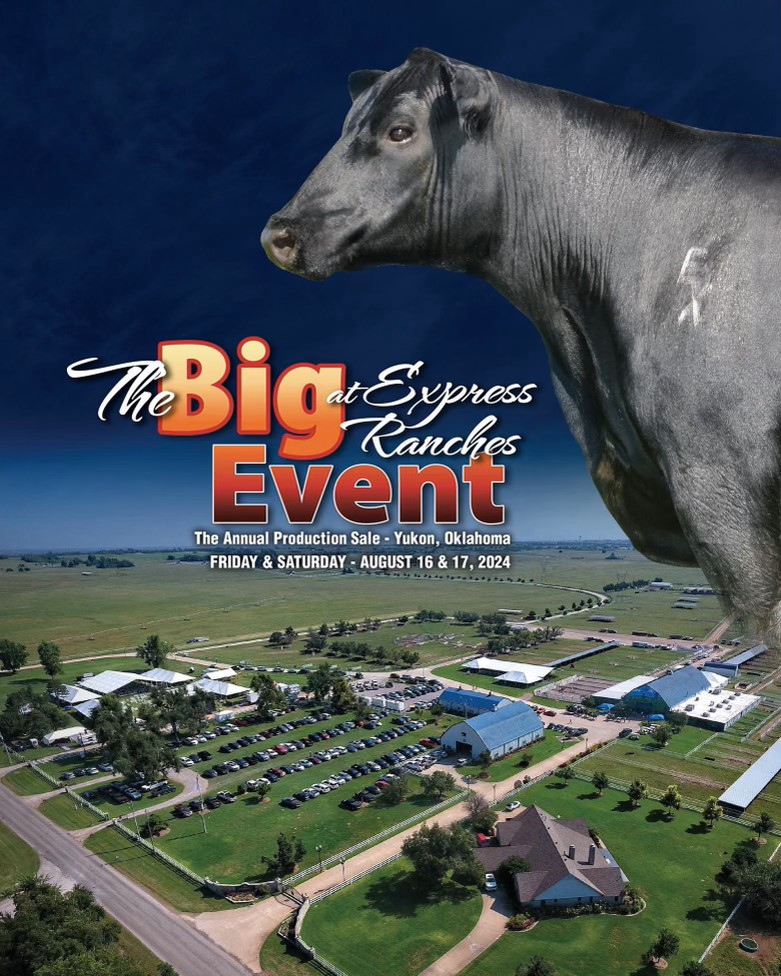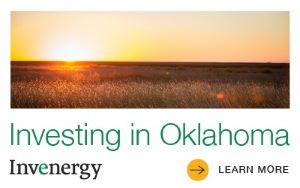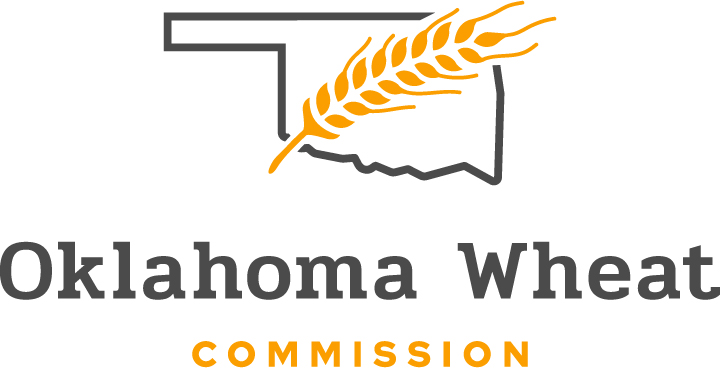
Agricultural News
OSU Continues to Lead in the Art of Prescribed Burning
Sat, 16 Jan 2010 22:09:02 CSTOklahoma State University has a strong reputation in the world of fire. This has led the USDA's Natural Resources Conservation Service to select OSU to teach its national fire school for more than 20 years.
Thirteen NRCS employees from around the country spent a week with OSU's Division of Agricultural Sciences and Natural Resources fire experts to learn the basics of prescribed burning.
"We've had a really good fire program here for a long time and have been selected to teach these schools. We are recognized nationally as the place that is on the front end on fire," said Terry Bidwell, Oklahoma State Cooperative Extension rangeland ecology and management specialist.
OSU teaches three of the five annual national NRCS fire schools. However, at OSU, the course is not your typical sit-in-the-classroom workshop.
"Coming here and getting the training, in addition to actually getting out in the field is very beneficial. We're learning a lot. Nobody is sitting around, it's very hands-on," said Terry Johnston, NRCS employee from northeast Louisiana. "One of our conservation practices that we do a lot of planning on is prescribed burning, but I never actually had an opportunity to conduct a prescribed burn."
Johnston cannot say that anymore. Each of the participants of the school fulfilled every role in executing a successful prescribed burn.
"The primary thing about prescribed burning is safety. We stress that first and foremost," Bidwell said. "We teach them all the techniques, about the equipment, how to do it and hopefully they take this back and train their people wherever they came from."
Not all of the techniques and tools they learned about are physically used in the field. Participants gained an understanding of OK-FIRE, which provides a Fire Prescription Planner on its Web site. This tool uses 84-hour forecast output from the North American Model and indicates future hours where user-defined criteria are met.
With this information and the other knowledge they received at the school, Bidwell and John Weir, rangeland ecology and management research associate, are hopeful the use of the oldest land management tool will continue to be safely used all over the country.
"I like to see the land in good shape and to know that we've got good native wildlife populations and landowners can utilize the land and get the most benefit from it," Weir said. "And, doing that through fire is one of the best ways to manage the landscape."
WebReadyTM Powered by WireReady®NSI
Top Agricultural News
More Headlines...




















